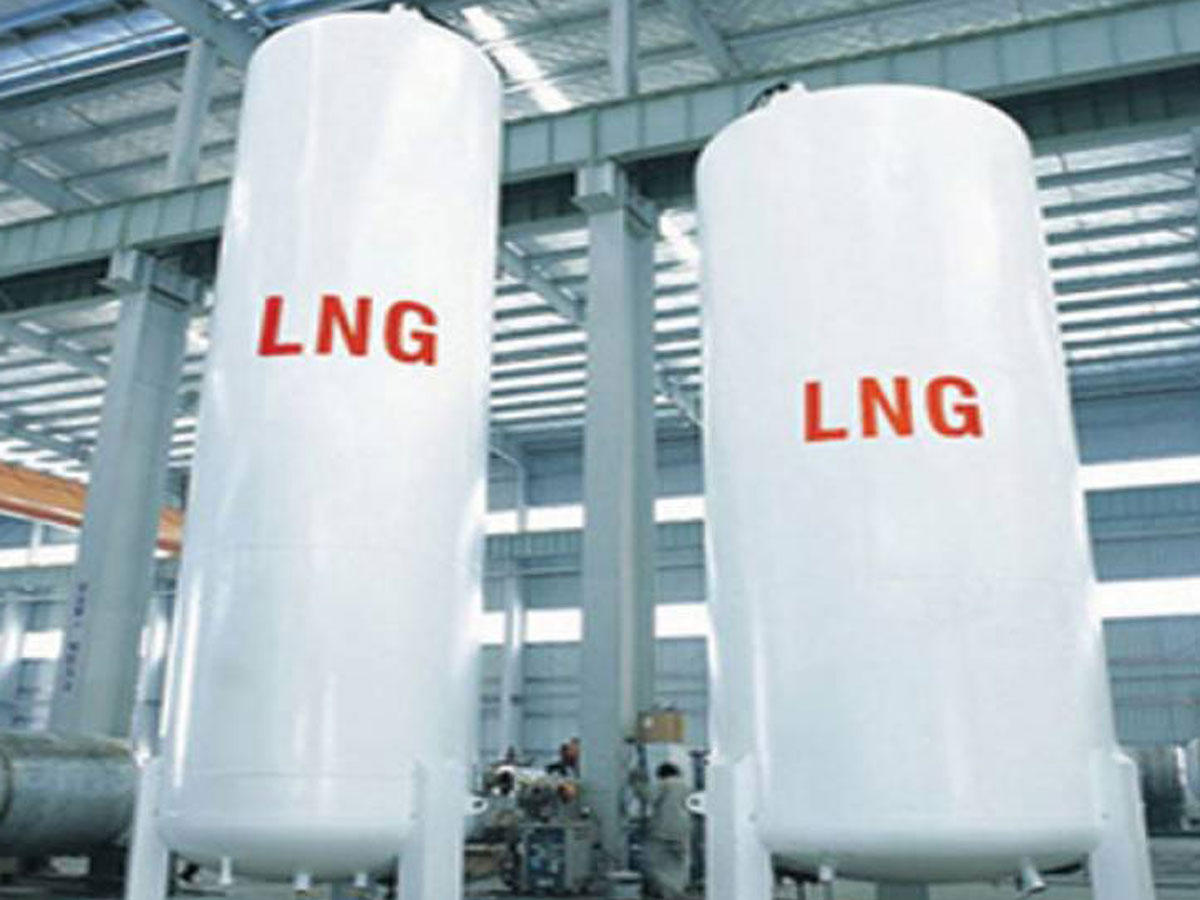BAKU, Azerbaijan, Feb. 20
By Leman Zeynalova – Trend:
Over the longer-term, global liquefied natural gas (LNG) demand is expected to double to 700 million tons by 2040, Royal Dutch Shell company said in its Global LNG Outlook, referring to forecasts, Trend reports.
The company said gas plays a significant role in shaping a lower-carbon energy system.
“Asia is expected to remain the dominant region in the decades to come, with South and South-east Asia generating more than half of the increased demand,” reads the report.
The report shows that 2019 saw key developments that are helping to reshape the industry:
- an industry record of 40 million tons of additional supply becoming available and being consumed by the market.
- the belief in long-term demand growth triggering record investment decisions in liquefaction capacity of 71 million tons.
- an increase in diversity of contractual structures, providing a wider range of options to LNG buyers.
- the growing role of gas in improving air quality through coal-to-gas switching in the power and industrial sectors, with coal generation phase-out announcements more than trebling.
“The global LNG market continued to evolve in 2019 with demand increasing for LNG and natural gas in power and non-power sectors,” said Maarten Wetselaar, Integrated Gas and New Energies Director at Shell. “Record supply investments will meet people’s growing need for the most flexible and cleanest-burning fossil fuel.”
“While we see weak market conditions today due to record new supply coming in, two successive mild winters and the Coronavirus situation, we expect equilibrium to return, driven by a combination of continued demand growth and reduction in new supply coming on-stream until the mid-2020s.” Europe absorbed the majority of 2019 supply growth as competitively-priced LNG furthered coal-to-gas switching in the power sector and replaced declining domestic gas production and pipeline gas imports.
New spot-trading mechanisms and a wider variety of indices used for long-term contracts point towards LNG becoming an increasingly flexible commodity.
There was a modest rise in imports to Asia in 2019, compared to the previous two years, a result of mild weather and rising electricity generation from nuclear power in Japan and South Korea, two of the three largest global importers.
In China, LNG imports increased by 14 percent in 2019 as efforts continued to improve urban air quality. Also notable was LNG demand growth in South Asia. In total, Bangladesh, India and Pakistan imported 36 million tons, an increase of 19 percent over last year, pointing to emerging growth countries in Asia.
---
Follow the author on Twitter: @Lyaman_Zeyn






